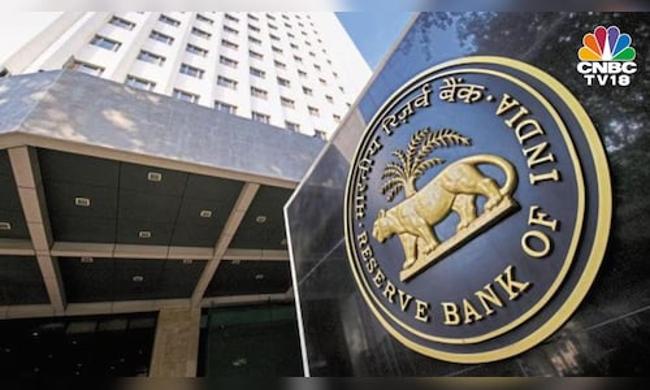Summary
Under the revised guidelines, stable IMB-enabled retail deposits (those from which withdrawals are infrequent) will now attract a 7.5% run-off rate, up from the previous 5%.
Source: CNBCTV18

AI News Q&A (Free Content)
Q1: What are the recent changes made by the RBI in the liquidity coverage ratio norms?
A1: The Reserve Bank of India (RBI) has amended the liquidity coverage ratio (LCR) norms by reducing the digital deposit buffer from 5% to 2.5%. Additionally, for stable retail deposits facilitated by Internet and Mobile Banking (IMB), the withdrawal rate has been increased to 7.5% from the previous 5%.
Q2: How do liquidity coverage ratios affect retail banks and their operations?
A2: Liquidity coverage ratios are regulatory standards designed to ensure that a bank maintains an adequate level of high-quality liquid assets that can be quickly converted to cash to meet its short-term obligations. For retail banks, these norms ensure stability and confidence among depositors, especially during financial stress by reducing the risk of bank runs.
Q3: What impact could the RBI's revised norms have on retail inflation?
A3: The revised LCR norms might indirectly influence retail inflation by affecting the liquidity positions of banks. By reducing the buffer and increasing the run-off rates, banks may adjust their interest rates or credit offerings, which can influence consumer spending and thus affect retail inflation.
Q4: What are the potential benefits of reducing the digital deposit buffer for banks?
A4: Reducing the digital deposit buffer allows banks to hold less capital in reserve, potentially freeing up resources for lending or investment. This can improve the bank's profitability and ability to provide credit, thus encouraging economic activity and growth.
Q5: Why has the RBI increased the run-off rate for stable IMB-enabled retail deposits?
A5: The RBI may have increased the run-off rate to better reflect the withdrawal risk associated with digital deposits. As digital banking grows, it is crucial for regulations to adapt to ensure that banks maintain sufficient liquidity to meet potential withdrawal demands.
Q6: What are the historical reasons behind the implementation of LCR norms?
A6: LCR norms were introduced as part of the Basel III accords, following the 2008 financial crisis, to enhance the banking sector's ability to absorb shocks arising from financial and economic stress. These norms aim to promote a more resilient banking system by ensuring that banks maintain sufficient high-quality liquid assets.
Q7: How does the RBI's policy change align with global banking regulations?
A7: The RBI's policy change is in line with global efforts to balance liquidity requirements and economic growth. By adjusting the LCR norms, the RBI aligns with Basel III standards, which advocate for flexibility in liquidity management to support both financial stability and economic expansion.
References:
- Basel II: https://en.wikipedia.org/wiki/Basel_II
- Economy of India: https://en.wikipedia.org/wiki/Economy_of_India





